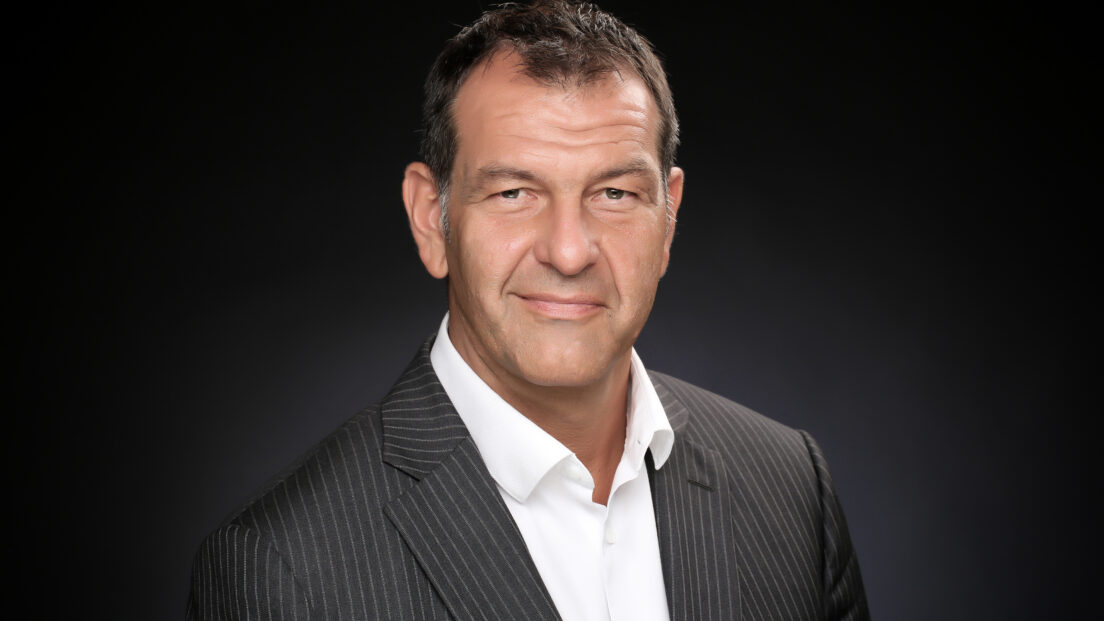Planning in Geneva: a difficult exercise

With a particularly strong dynamic of economic growth, inherent to a cross-border metropolitan area and supported by the aura of international Geneva, the main challenge today is to accommodate this induced growth in a qualitative way in an increasingly confined and restricted territory, while preserving its agricultural and natural areas and its remarkable landscapes.
With a particularly strong dynamic of economic growth, inherent to a cross-border metropolitan area and supported by the aura of international Geneva, the main challenge today is to accommodate this induced growth in a qualitative way in an increasingly confined and restricted territory, while preserving its agricultural and natural areas and its remarkable landscapes.